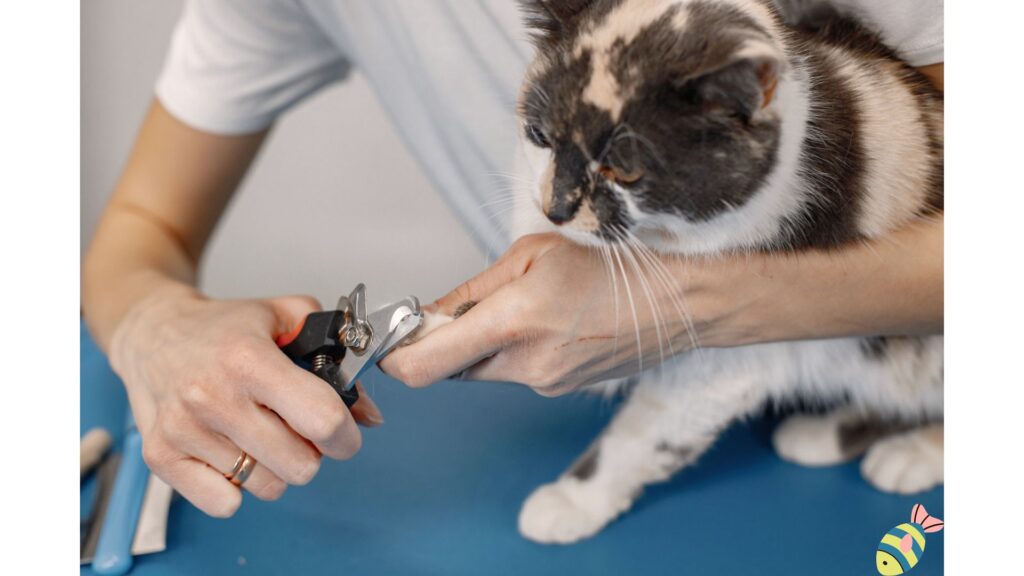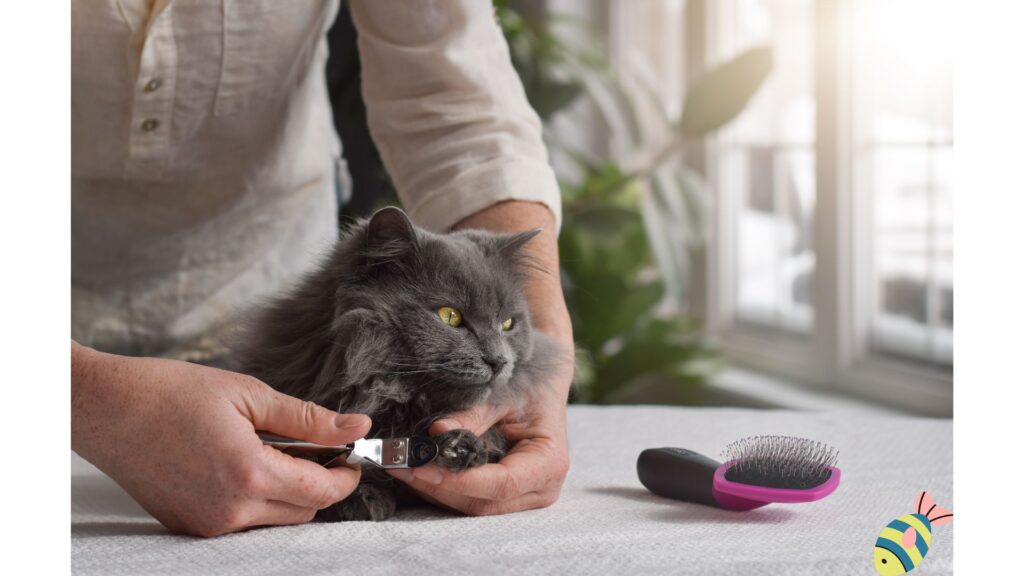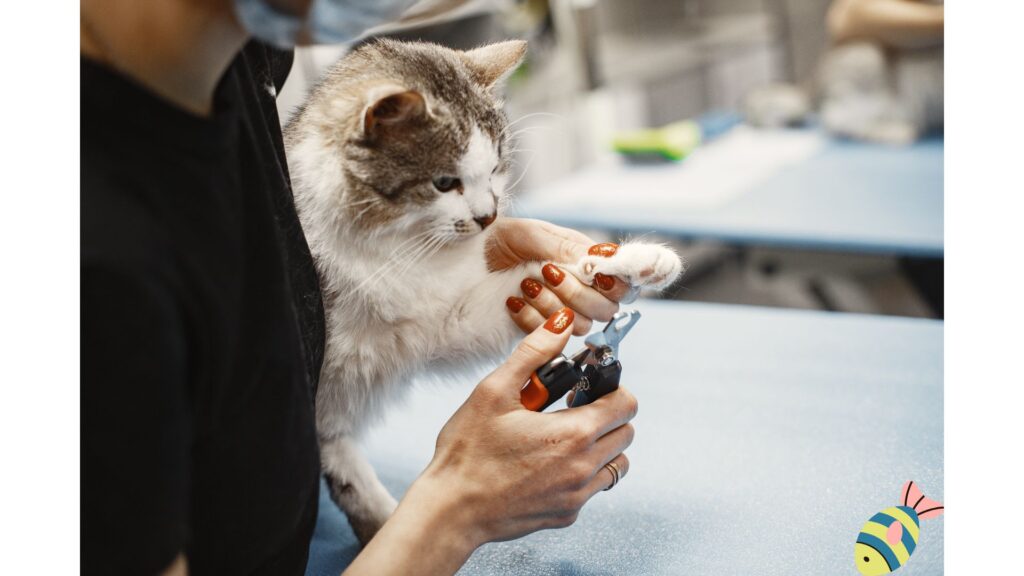Clipping cat nails can feel like navigating a minefield for both first-time pet owners and seasoned cat lovers alike. Understanding the importance of trimming your cat’s nails and knowing how to do so safely are crucial in maintaining your pet’s health and happiness. In this comprehensive guide, we’ll break down everything you need to know to turn what can be a daunting task into a stress-free experience for you and your furry friend.

Why Clipping Your Cat’s Nails is Important
Long, untrimmed nails can cause a variety of problems for your cat. They can become snagged on fabrics, potentially leading to injuries, or grow too long and curl into your cat’s paw pads, causing pain and infection. Regular nail trimming helps prevent these issues, keeps your cat comfortable, and reduces the chances of damage to your furniture or even to you during playful moments.
Preparing for Success: How to Approach Nail Clipping
Before you even bring out the nail clippers, it’s important to create a calming environment. Choose a quiet, well-lit room and consider playing soothing music to help relax your cat. Familiarize your cat with the process by gently handling their paws regularly, so they become comfortable with the sensation.
Choosing the Right Tools
Investing in a good pair of cat nail clippers or scissors specifically designed for pets is key. Avoid using human nail clippers as they can split the nail and cause discomfort. Additionally, have some styptic powder or cornstarch at hand to quickly stop any bleeding in case you accidentally cut the quick.

Step-by-Step Guide to Clipping Cat Nails
Settle your cat: Sit your cat on your lap or next to you in a comfortable position. Gently hold one of your cat’s paws and press it softly to extend the nails.
Identify the quick: Look for the pinkish part inside the nail—this is the quick, containing blood vessels and nerves. You’ll want to avoid cutting this area.
Cut at the right angle: Place the trimmers at a 45-degree angle a few millimeters away from the quick. Trim off the sharp tip of the nail, being careful not to cut too close.
Proceed with care and patience: Work through each nail patiently, reassuring your cat throughout the process. If your cat becomes too stressed, take a break and try again later.
Reward your cat: Always conclude nail trimming sessions with positive reinforcement, like a treat or their favorite playtime activity, to create a positive association.
Dealing with Accidents
Even with the utmost care, accidents can happen. If you cut the quick and it bleeds, don’t panic. Apply styptic powder or cornstarch to the nail tip to stop the bleeding. Comfort your cat and give them a break before continuing, if necessary.
When to Seek Professional Help
If you’re unsure or uncomfortable about trimming your cat’s nails at home, seeking professional help is a wise choice. Veterinarians and professional groomers are experienced in handling cats and can perform the task with minimal stress to your pet.

Final Thoughts
With the right preparation, tools, and approach, clipping your cat’s nails can become a routine part of your pet care regimen. Remember, patience and positive reinforcement go a long way in making the experience stress-free and even bonding. Keep up with regular trimmings to ensure your cat’s well-being and to prevent any nail-related issues, safeguarding their health and happiness for years to come.
By demystifying the process and following these tips, clipping your cat’s nails doesn’t have to be a chore. Instead, it can be another way to show love and care for your feline companion.




